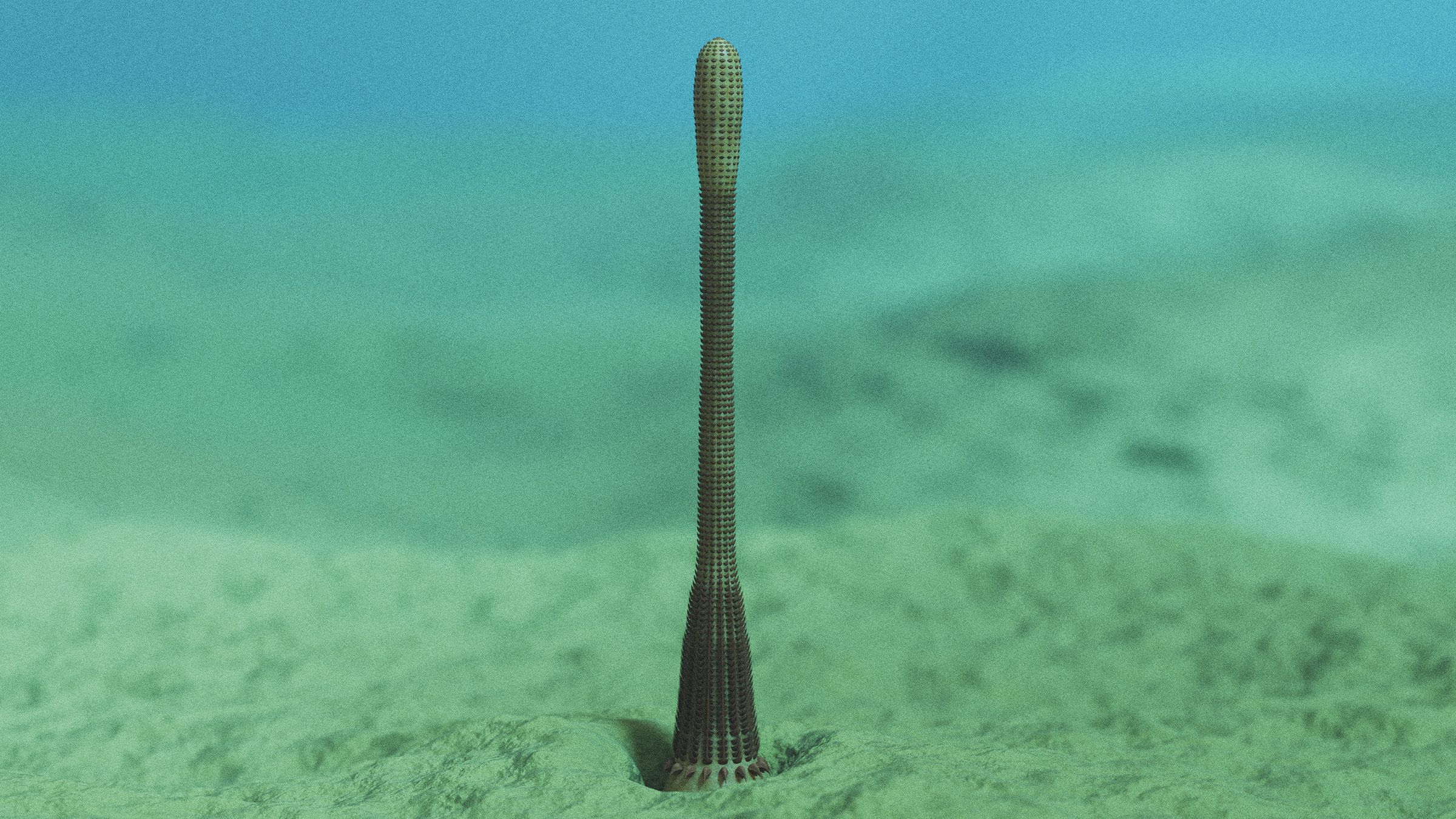An Ancient Penis Worm With Rings of Sharp Teeth Has Been Discovered in the Grand Canyon
A team of researchers exploring the intricate rock formations of the Grand Canyon has made a startling discovery – the fossilized remains of an ancient penis worm, a bizarre marine creature that lived over 500 million years ago.
The penis worm, scientifically known as “Ottoia tricuspida,” was a predatory worm-like animal with a long, tubular body and distinctive rings of sharp teeth that it used to capture and feed on its prey.
Despite its name, the penis worm had no relation to modern-day worms or any other known species. It was a unique and enigmatic creature that roamed the oceans during the Cambrian period, a time of explosive evolution and diversification of life forms.
The discovery of the penis worm fossil sheds new light on the ancient ecosystems of the Grand Canyon and provides valuable insights into the evolution of complex life forms on Earth.
Scientists believe that the penis worm played a key role in the food chain of the Cambrian oceans, serving as both predator and prey for other marine creatures.
The fossilized remains of the penis worm were exceptionally well-preserved, allowing researchers to study its anatomy and behavior in detail.
The discovery of this ancient creature has sparked excitement among paleontologists and evolutionary biologists, who are eager to learn more about its place in the history of life on Earth.
Further research and analysis will be conducted to unravel the mysteries of the penis worm and its significance in the evolutionary timeline of the Grand Canyon and the planet as a whole.
This remarkable discovery highlights the importance of continuing to explore and study the rich geological and paleontological heritage of the Grand Canyon and other natural wonders around the world.



